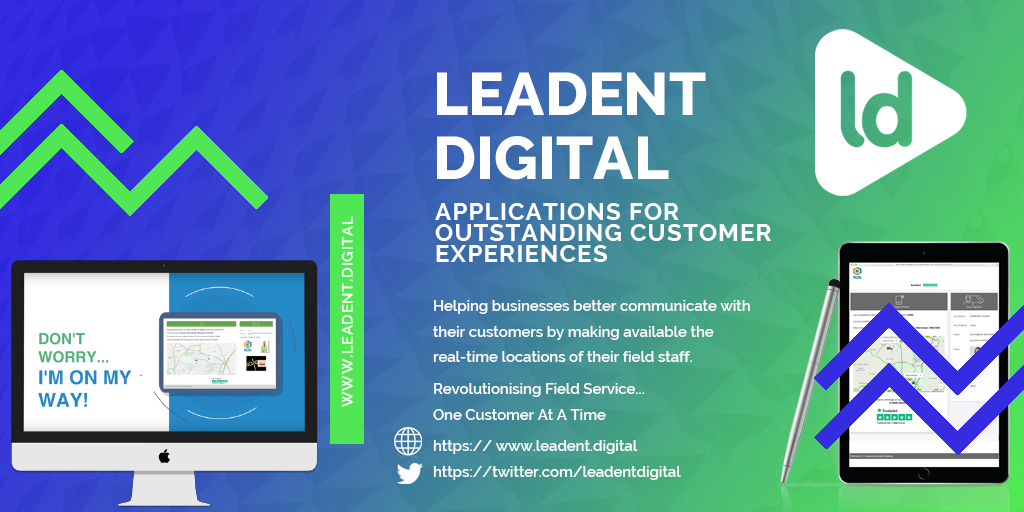Implementing change in the field is more challenging than in a traditional working environment; lone workers, process workarounds and fractured communications can all lead to poorly adopted processes. We have the tools, techniques and experience to embed the change and make it stick and thought we would give you five quick secrets in making your own change management successful.
1. It's a long process
I know you don't want me to say this but change is hard! In the projects and programmes we work with, change management is nearly always under-invested and neglected. Businesses try to deliver change within business as usual and it never delivers the impact that is needed.
Your staff may agree with your change vision initially as they buy in to doing things better (although that's by no means guaranteed!) but there will be many points at which your staff will become frustrated or feel personally impacted. Make sure that your change approach is consistent, regularly delivering value and keeps engaging your employees. Make sure that you listen to feedback and evaluate what is working and what needs to be changed. There really isn't a 'one size' approach to change management and it takes time and effort to do it well.

2. Management can be a blocker
Put simply your management and leadership team needs to be on board with the change. There's no value if they pay lip service and then undermine the change activity to their direct reports. Apathy or a lack of engagement from management is also a real issue.
All too often initiatives fail because no one bothered to make sure that leadership were truly supportive and were also able to move resources away from existing programmes to help make the transformation a success. Change will mean that the leaders and their teams will also need to change! They need to be prepared to positively engage and support their people through the process.

3. There will be bumps in the road!
Problems are inevitable. You need to set out a big, inspiring vision and supporting messages that will help employees in your organisation to understand and back your direction. They need to feel valued and understood. Given the demands of delivering a transformation programme with lots of moving parts it's inevitable that aspects of your change effort may slip. Make sure that you plan for any but potential issues and take proactive steps to prevent them.
Learn from previous change activities and be sure to systematically understand how you will address these and the contingency plans you would like to put in place.

4. Get focused
Some transformation efforts fail because too many initiatives are going on at once, spreading the organisation’s resources too thin. Programmes can start with a focused vision and then become a transformation 'bandwagon' that the whole organisation hopes will fix all of their issues. You need a prioritisation process to help a transformation succeed. You also need to make sure that you have the right skills within your programme to help your transformation succeed. This should include people with the skills and motivation to thrive in a fast-moving and sometimes variable set of challenges. You also need the right level of resource flexibility to suit the peaks and troughs of your programme and change delivery.

5. Change is gradual
You will find that few people in your teams will hear a new concept or way of working and change to it overnight. Most are usually busy and not yet ready to hear, learn or apply what they have learned, let alone absorb it into their daily working practice. Functional training (such as in a new system) can often be a waste of time and money. It builds a base level of competence in a new technology solution but rarely the mastery that an employee will need to use it effectively.
Your people need practice, reminders, reinforcement and time for reflection. They may need different types of support such as coaching, one to one help, re-training or on the job practice. Your people will not fully understand new processes, nor their value, until they fully support them. Change is gradual and you need the time, effort, support and focus to deliver it in the right way both within and outside of your transformation programme.

Speak to Leadent
True understanding of the end-to-end field service process, coupled with our best-practice insight provides more targeted, prioritised recommendations. We've helped some of the biggest, most complex field organisations to understand what they should aim for and make the right decisions. We can help you to deliver change management in the right way. Take a read of some of the other change management blogs on this site and then get in touch with us to discuss how we can help.

